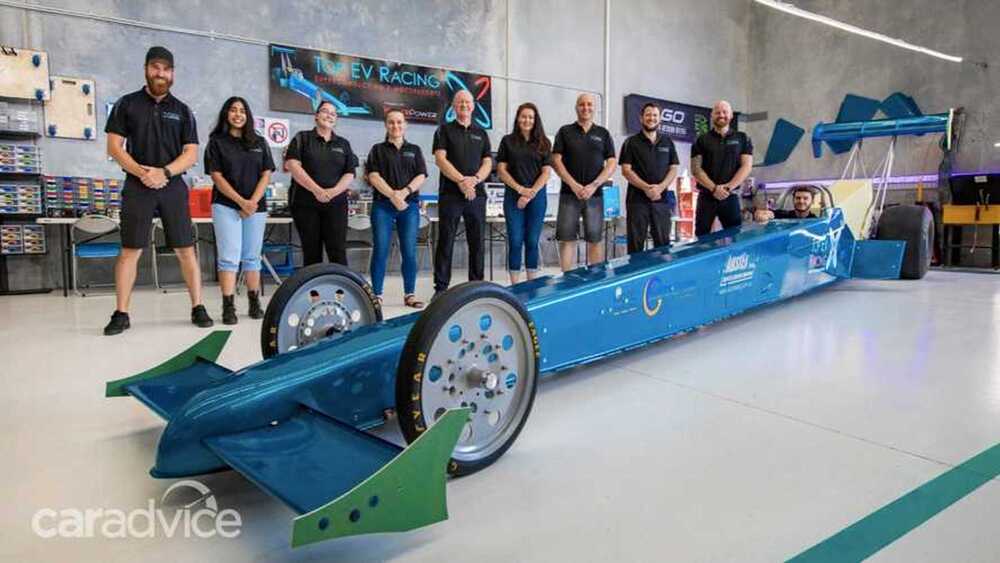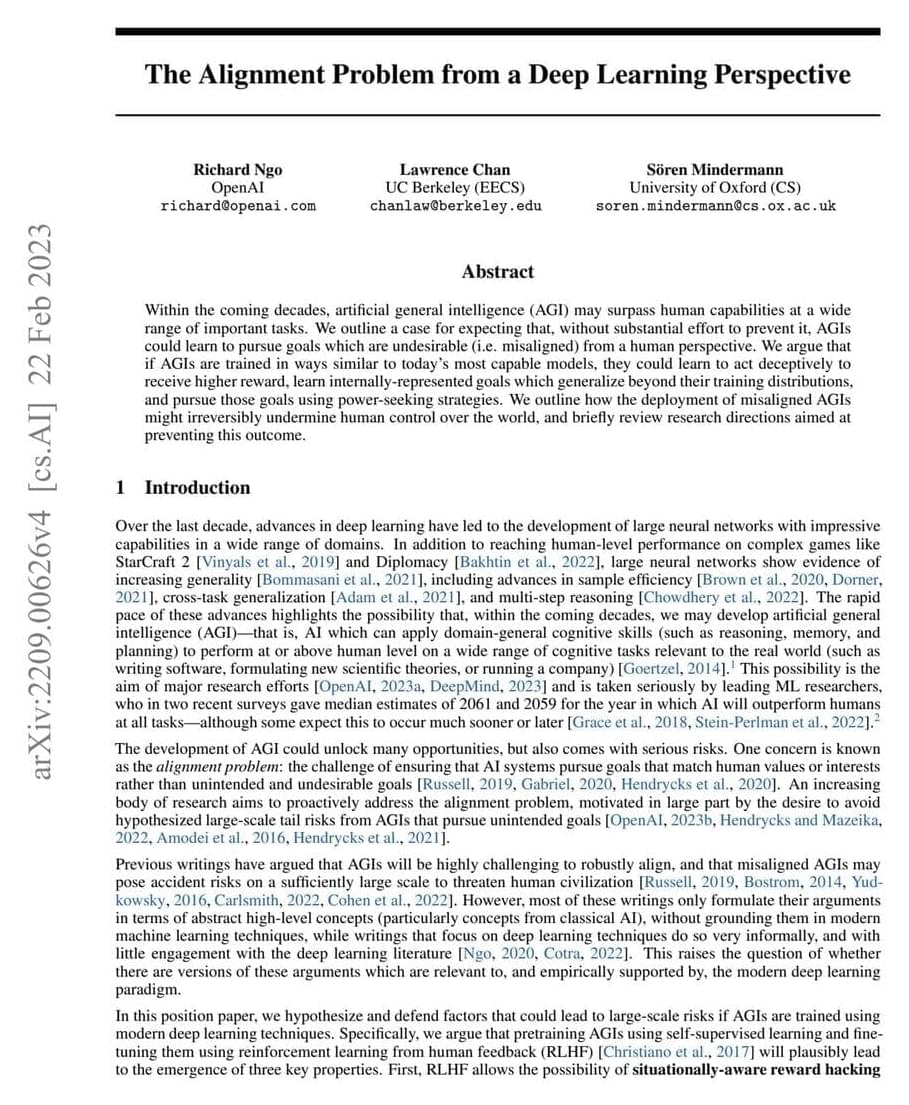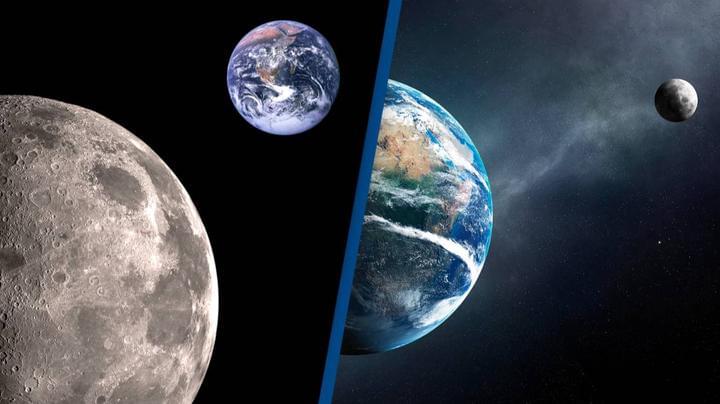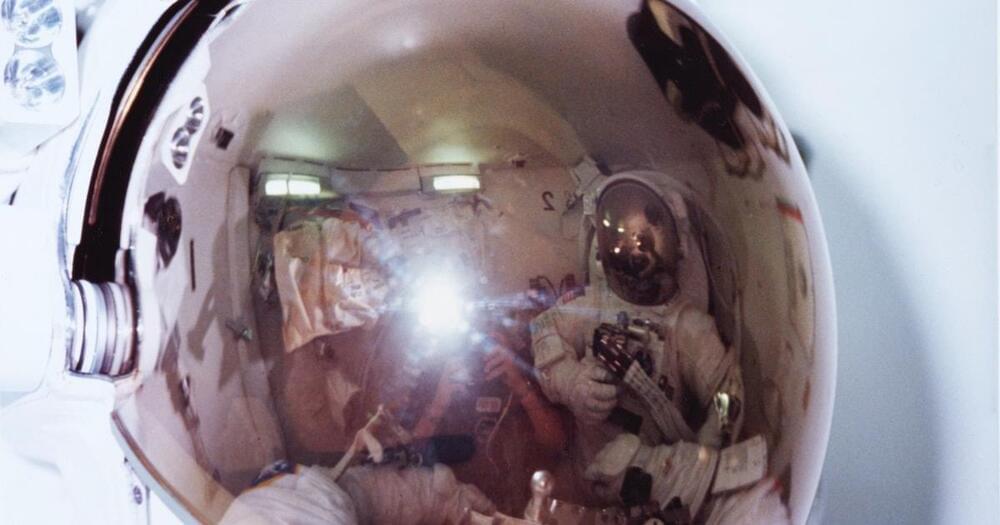Year 2020 face_with_colon_three
Australian company has developed a one megawatt electric motor and it’s used for of them to power this all-electric dragster.



Erasing data perfectly and attaining the lowest possible temperature may appear unrelated, but they share a strong connection. Researchers at TU Wien have discovered a quantum formulation for the third law of thermodynamics.
The temperature of absolute zero.
Absolute zero is the theoretical lowest temperature on the thermodynamic temperature scale. At this temperature, all atoms of an object are at rest and the object does not emit or absorb energy. The internationally agreed-upon value for this temperature is −273.15 °C (−459.67 °F; 0.00 K).

The ability to store and retrieve learned information over prolonged periods of time is an essential and intriguing property of the brain. Insight into the neurobiological mechanisms that underlie memory consolidation is of utmost importance for our understanding of memory persistence and how this is affected in memory disorders. Recent evidence indicates that a given memory is encoded by sparsely distributed neurons that become highly activated during learning, so-called engram cells. Research by us and others confirms the persistent nature of cortical engram cells by showing that these neurons are required for memory expression up to at least 1 month after they were activated during learning. Strengthened synaptic connectivity between engram cells is thought to ensure reactivation of the engram cell network during retrieval. However, given the continuous integration of new information into existing neuronal circuits and the relatively rapid turnover rate of synaptic proteins, it is unclear whether a lasting learning-induced increase in synaptic connectivity is mediated by stable synapses or by continuous dynamic turnover of synapses of the engram cell network. Here, we first discuss evidence for the persistence of engram cells and memory-relevant adaptations in synaptic plasticity, and then propose models of synaptic adaptations and molecular mechanisms that may support memory persistence through the maintenance of enhanced synaptic connectivity within an engram cell network.
Our memories define who we are, help us make decisions and guide our behavior. The ability to effectively encode, store and retrieve information is therefore an essential feature of life. Although the recollection of most experiences fades with time, certain memories are retained for many years or even a lifetime. How the brain is able to process and persistently store learned information has been a topic of intense research for a long time and great progress has been made in recent years toward a better understanding of the mechanisms underlying memory persistence.
Memory formation is initiated by the integration of external and interoceptive sensory stimuli in neuronal circuits, forming a cohesive representation of a specific event. Subsequently, the neurons involved are thought to undergo physical changes that enable retrieval of the learned information. The physical representation of experience-driven changes in the brain is collectively referred to as a memory engram (Box 1), a term that gained popularity in recent years (Josselyn et al., 2015), but that was first introduced by the German scientist Richard Semon in the early 20th century (Semon, 1911). Learning-induced changes do not occur globally or randomly within memory-relevant brain regions. Instead, accumulating evidence indicates that sparse ensembles of neurons become highly activated during learning and act as a substrate for the storage of a memory engram (Whitaker and Hope, 2018; Josselyn and Tonegawa, 2020).

The neuroscience study opens new avenues for understanding the brain’s role in learning and education. As researchers uncover more about the mechanisms underlying acquiring knowledge, educators can implement evidence-based strategies to enhance student outcomes. This blog post delves into the fascinating world of neuroscience, explores how the brain learns, and examines various learning theories and strategies informed by neuroscientific research.
Understanding the Basics of Neuroscience
Neuroscience refers to studying the nervous system, focusing on its role in behavior, cognition, and learning. The human brain, a complex organ, contains billions of neurons that transmit information through electrical and chemical signals. These neurons form networks, and the brain’s organization into different regions allows it to carry out specific functions.
Language models can speed up and automate many tasks in areas such as text or code. What happens when they run themselves?
This new trend in generative AI is also called “self-prompting” or “auto-prompting”. The language model develops and executes prompts that can lead to new prompts based on an initial input.
This approach becomes truly powerful when combined with tools such as web search or the ability to test written code. The language model becomes an automatic assistant that can do much more than just generate text or code.

New research from a team of scientists at the Cornell University Center for Bright Beams has made significant strides in developing new techniques to guide the growth of materials used in next-generation particle accelerators.
The study, published in the Journal of Physical Chemistry C, reveals the potential for greater control over the growth of superconducting Nb3Sn films, which could significantly reduce the cost and size of cryogenic infrastructure required for superconducting technology.
Superconducting accelerator facilities, such as those used for X-ray free-electron laser radiation, rely on niobium superconducting radio frequency (SRF) cavities to generate high-energy beams. However, the associated cryogenic infrastructure, energy consumption, and operating costs of niobium SRF cavities limit access to this technology.

Scientists have discovered that days on Earth are getting longer as the moon is slowly drifting away. It has always been assumed that the Earth’s only natural satellite remained at a constant distance from the Earth due to gravitational pull. However, according to NASA, Scientists no longer believe this is the case.


So if you’re going to make a xenobot, where do you start? Well, the Vermont team starts in a virtual Petri dish, on a computer, where an artificial intelligence (AI) program ‘evolves’ bunches of frog cells, based on their shape, to perform whatever task it is the scientists are interested in.
“It creates a population of virtual xenobots, deletes the ones that do a poor job and makes randomly modified copies of the survivors,” explains Bongard.
The scientists tell the AI how many rounds of this artificial selection process to complete and in just a few seconds, they have their design.